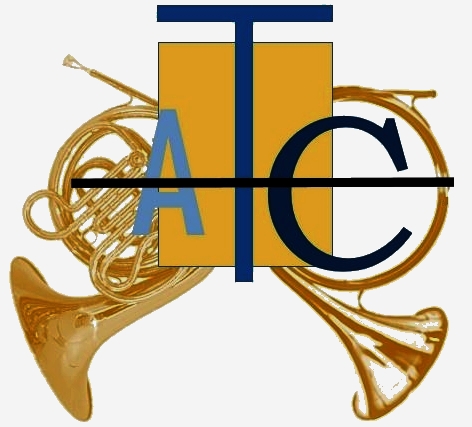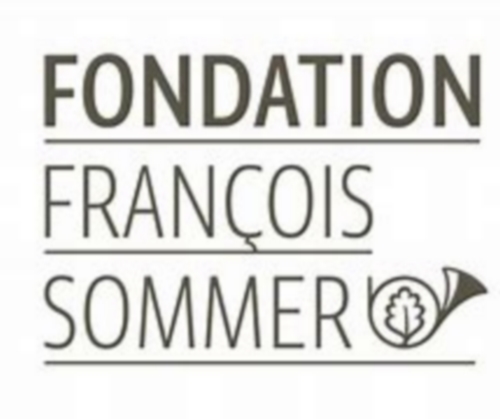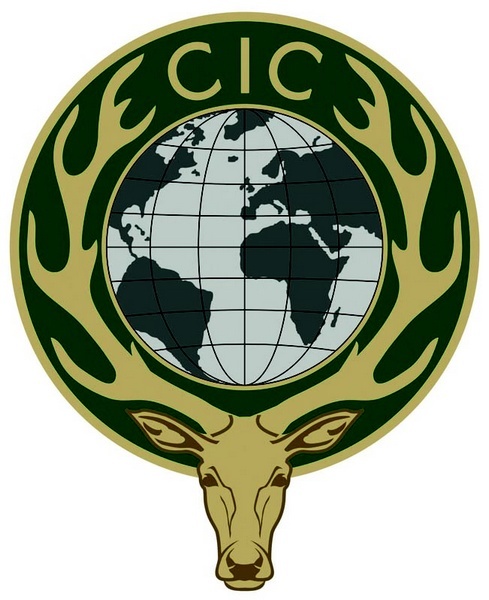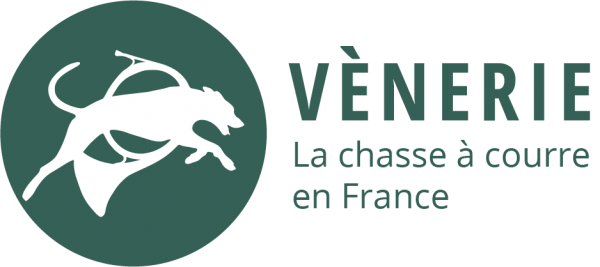About the partners of the Trompe & Cors Association
Click on the image
Created in 1964 by François and Jacqueline Sommer and recognized as a public utility by decree of November 30, 1966, their foundation was first called “Maison de la Chasse et de la Nature”.
In Paris, within two private mansions in the Marais district, it houses the Hunting and Nature Museum and the Hunting and Nature Club.
In the Ardennes, it has an estate where it preserves the fauna reintroduced immediately after the war by François Sommer and a school where it trains in the techniques of responsible hunting and forest management.
These trainings are eligible to the D.I.F. (Droit Individuel à la Formation).
In 2013, the Foundation pays tribute to François Sommer (1904-1973), its creator, whose name it now bears.
The new website of the French Horn Association is online. For the moment, it constitutes a base that will only grow and be enriched over time. The site is entirely open, but members will nevertheless be privileged in the future, with documents and services reserved for them. We hope that the wealth of information we can offer you will encourage you to join our association.
HISTORY: Created in 1930 by 121 hunting personalities belonging to 28 different nations, the C.I.C. counts today 67 member countries.
The CIC is an international non-governmental association that brings together states, national administrations in charge of planning, development and conservation of hunting and wildlife, national and international organizations, hunters, scientists and wildlife biologists. All these people are gathered in each country under the authority of a Head of Delegation who is the interpreter of the national position to the Board of Directors. In order to ensure the respect of a certain hunting ethic in accordance with the Fundamental Principles of the C.I.C., the membership of a new member is subject to a sponsorship and a prior acceptance of its national delegation.
The birth certificate
Following a general reformist impulse (creation in 1794 of the Polytechnic School and the National Conservatory of Arts and Crafts), the Convention promulgated on August 3, 1795 (16 thermidor year III) a law establishing the Conservatory of Music, which replaced the previous schools.
The establishment is administered by a board (Gossec, Méhul, Cherubini) directed by Bernard Sarrette, “commissioner in charge of the organization”. It offers mainly instrumental teaching (mainly winds, with some string and harpsichord classes). In addition to training musicians, the Conservatory’s mission is to develop a method for each discipline and to participate in national festivals.
On October 22, 1796, he moved into the buildings of the former royal school of singing and declamation: Hôtel des Menus-Plaisirs, rue Bergère (now rue du Conservatoire).
Instinct as the only tool
Hound hunting is defined as the art of hunting with hounds. It doesn’t matter whatanimal is being hunted, the territory, the climate, the number of hunters, the number of followers. Lhe dogs, only the dogs.
They are the ones who run after the animal chosen by the handler according to a defined hunting plan, they are the ones who catch it, they are the ones who lose it. Their breed, a particular training, an adapted diet, predispose them to this exercise. They are athletes, capable of covering long distances in all weathers, in a determined, often hilly territory.
But the success of the hunt also depends on the psychic qualities of the hounds to outwit the animal. Hunting dogs hunt in packs. A dog, alone, no matter how exceptional, could not defeat the wild animal.
- The CMG was born one fine day in 1835. Imagine Franz Liszt teaching piano…
- Today, nearly 2,500 students between the ages of 4 and 25 are learning music and theater.
- 150 teachers supported by 7 deans and coordinators guide students through 24 disciplines.
- The CMG is part of the Confederation of Geneva Schools of Music, Jaques-Dalcroze Rhythm, Dance and Theatre
(CEGM)
. - Each discipline has its own curriculum and a myriad of complementary courses are offered internally or by partner schools of the
CEGM
. - Specific courses of study bear witness to the dynamism and modernity of our institution.
- The CMG maintains privileged links with the Geneva HEM and thus accompanies motivated and talented students from their beginning to their entry into professional classes.
- The CMG is present throughout the canton, the beating heart of the institution being its magnificent building on the Place Neuve.
- A remarkable library is available for young people and researchers.
- The parents have their own representative association, the
ASPEM
.
Welcome to our site and enjoy your discovery!
The Francis Poulenc Conservatory of Tours benefits from a highly favorable geographical location for artistic education in Music, Dance and Dramatic Art. Located in the heart of the historic district, the Francis Poulenc Conservatory is part of a complex of establishments that includes the Francis Poulenc elementary school, the Paul Louis Courier middle and high school, the Music and Musicology Department of the François Rabelais University and the Jazz à Tours association school.
The Trompes du Centre dedicate this site to all the trumpeters, to the sympathizers of the trumpet and to the neophytes curious to discover our universe. Reflecting the dynamism of the ringers of the Centre-Val de Loire, it offers the opportunity of exchanges and easily accessible information.
Take a moment to relax by visiting our sections and enrich your knowledge.
Cette publication est également disponible en :
![]() Français (French)
Français (French) ![]() Deutsch (German)
Deutsch (German)








